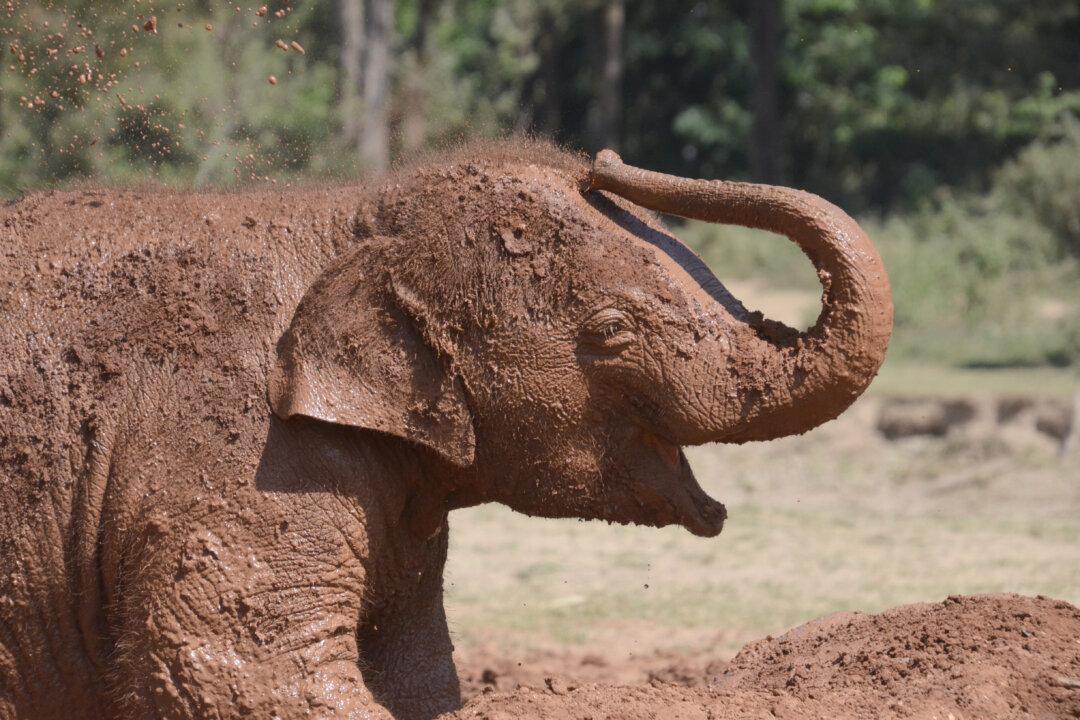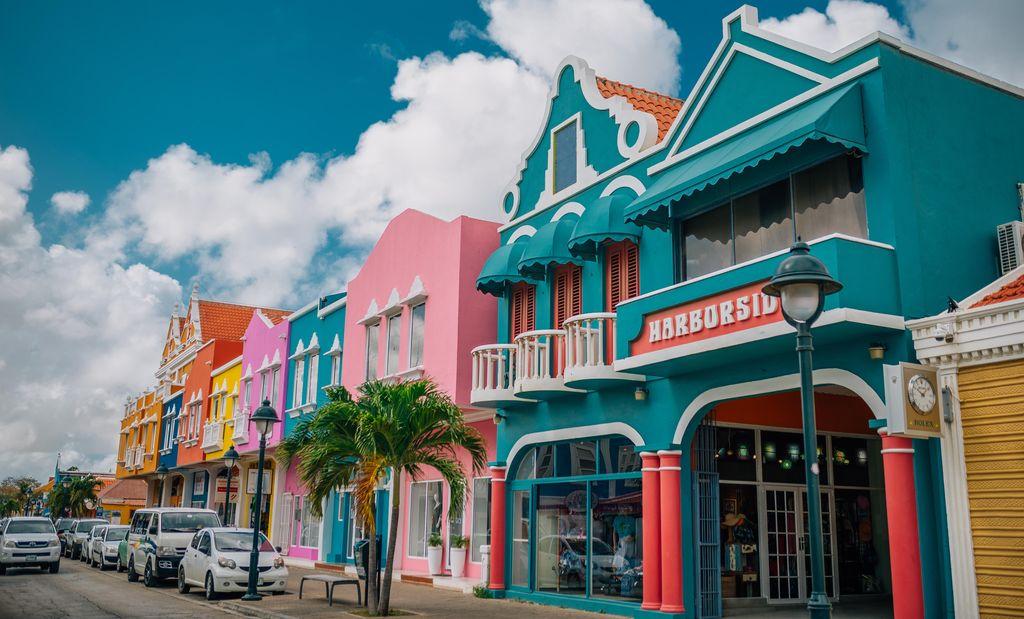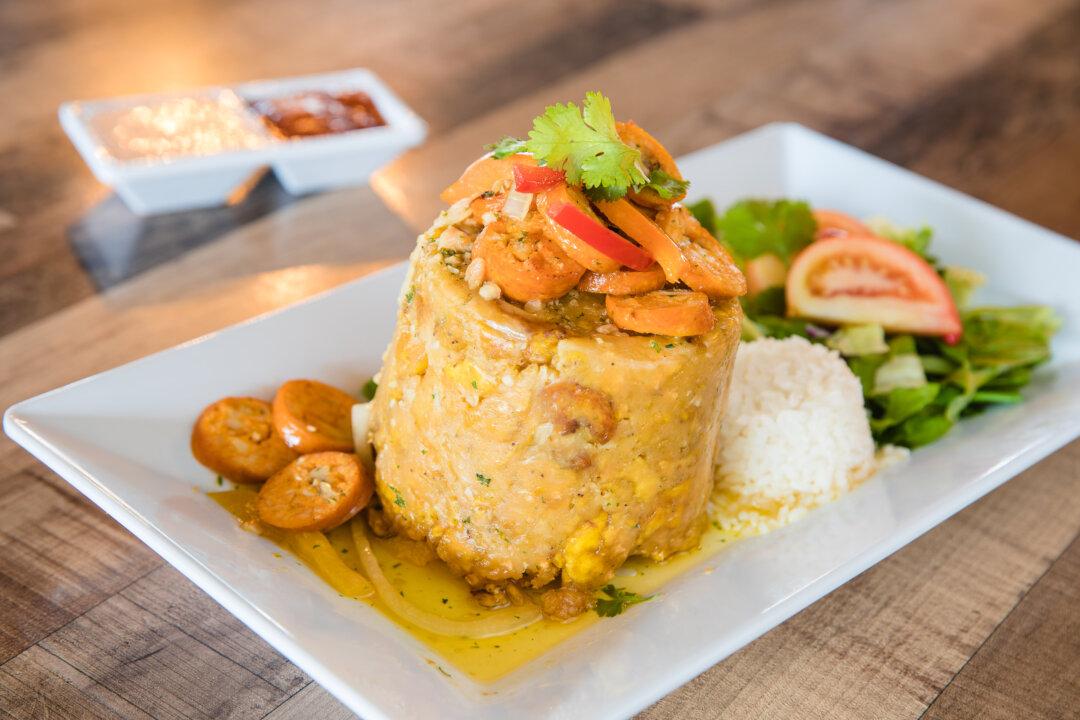I love a good espresso, but like the Italians, I tend to take it as a quick shot. There’s a reason there are no chairs at an Italian espresso bar. Pop in, pop out.
But the truth is, I also love the long, slow sipping experience that you get with a larger brewed cup. (“Like broth,” a barista once told me in Sicily. Sigh, there was no convincing him.)
French press brewing isn’t as fast as a filtered coffee maker that’s set to start brewing while you are still untangling from the bedsheets, but I find the greater taste and body, and the almost ceremonial preparation, the best way to start a day.
Several years ago, on a trip through Austria, I stumbled upon the Vienna School of Coffee. I met founder Johanna Wechselberger, a master barista, instructor, and co-author of “The Ultimate Coffee Book for Beginners and Professionals.” She is also an international judge and Specialty Coffee Association certifier, so nothing gets past her, quality- and taste-wise.
At a coffee tasting at her corner school-cum-roastery, I admitted to Wechselberger that I usually drink French press coffee, and it was as if she’d bitten into a lemon in her cup.
“Ugh, coffee tea!”
Perhaps noting my dismay, Wechselberger consoled me, conceding that such a method was not so barbaric if you did it right. After steeping, she explained—and writes in her book—you must pour the coffee into another vessel “so that it doesn’t sit on the grounds too long and become bitter.” Turns out I was already doing that part right at least, but only by accident: I poured it into a thermos just to keep it warm while I drank the first cup.
But there was a bit more to the process than that.
The Beans
In her book, Wechselberger recommends that “the beans should be lighter than for an espresso blend.” This lighter roast does give you a brighter tasting cup of coffee, and as you try out different roasts, roasters, and origins, the differences may surprise you, from fruitiness and sweetness to chocolate bitterness and smokiness. I sometimes go to dark blends, but a favorite is Equal Exchange’s medium- and Vienna-roast blend Mind, Body, and Soul.
Do not purchase your French press-destined coffee pre-ground, as this is intended for filter coffee. Fresh, of course, is best, and stocking up for too far in the future won’t produce the same cup. Do not freeze or refrigerate the beans, but keep them in a cool, dark place. I move mine from the bag to a mason jar and throw in oxygen absorbers reclaimed from my other packaged food. These iron powder-based packets absorb oxygen and moisture and are safe to have contact with food.
The Grind

Don't grind your beans too fine, or the resulting brew may be over-extracted and bitter. Japan_mark3/Shutterstock
I use a scale to weigh the beans before grinding. Most online guides tell us to shoot for 30 grams per 12 ounces of water. (I am a monster and grind about 35 grams.)
Guides always say to grind these beans “coarsely,” something a bit bigger than sea salt crystals. On a burr grinder, this is likely the coarsest setting. If you grind too fine, the resulting brew may be over-extracted, and thus, taste more bitter and less pleasant.
I have an antique grinder passed down from Finnish (read “coffee-addicted”) great-grandparents, and so I had to eyeball it. I never got it right until an Airbnb host left his spent coffee in the sink and I was shocked by how large the pieces were—and how great the coffee was.
Forget the blade grinder for this task. As I like to say, it’s like two blind ninjas hacking at beans tossed up in the air. The uneven result leads to uneven taste.
The Vessel
There are a variety of these French-press coffee pots available, and I had two sizes of glass pots—“had” being the operative word here. After years without having a problem with them, I somehow managed to crack both of them in the sink in less than a month.I solved that problem and the matter of temperature control by purchasing a stainless-steel, insulated pot. I use a reasonably-priced double-wall Belwares coffee pot with extra filters.
The Temperature
I use an electric kettle to boil just the right amount of filtered water each morning. As soon as the kettle clicks off, that temperature starts to drop. While 212 degrees F is boiling, the steeping wants to be at about 198 to 205 degrees F.While by now, you may be convinced I’ve gone total nerd with this process, I admit I don’t use a thermometer here. The temperature drops into range when I pour the water from the kettle into the room-temperature coffee pot, just enough to wet the grounds. Then I add the remaining water by measuring servings with my coffee cup, which has the additional value of heating the mug.
Gases will escape the grounds and raise them up above the waterline. I swirl or stir them a bit to get the bubbles out, and then I actually lower the plunger to water level to hold them under.
The Time
Most websites and manuals tell you to steep the grounds for three to four minutes, and Wechselberger recommends up to five. At four minutes, however, I felt that my coffee tasted thin. I dug around online and found that Nick Cho, coffee lecturer and co-founder of Wrecking Ball Coffee Roasters, recommends six to eight minutes. I took that advice and found an additional two to three minutes brought fuller flavor, as promised.When the time is up, plunge slowly and evenly, without stirring up the grounds, and pour the same way. If you still have coffee left in the pot, transfer it to a thermos or another pot to get it off those grounds. Grinding is never entirely perfect, and some silt may get through that metal filter, but give the cup a minute and even that settles out.
Now, kick back and enjoy a cup while pitying those who are still brewing coffee tea.
Kevin Revolinski is an avid traveler and the author of 15 books, including “The Yogurt Man Cometh: Tales of an American Teacher in Turkey” and several outdoor and brewery guidebooks. He is based in Madison, Wis., and his website is TheMadTraveler.com





